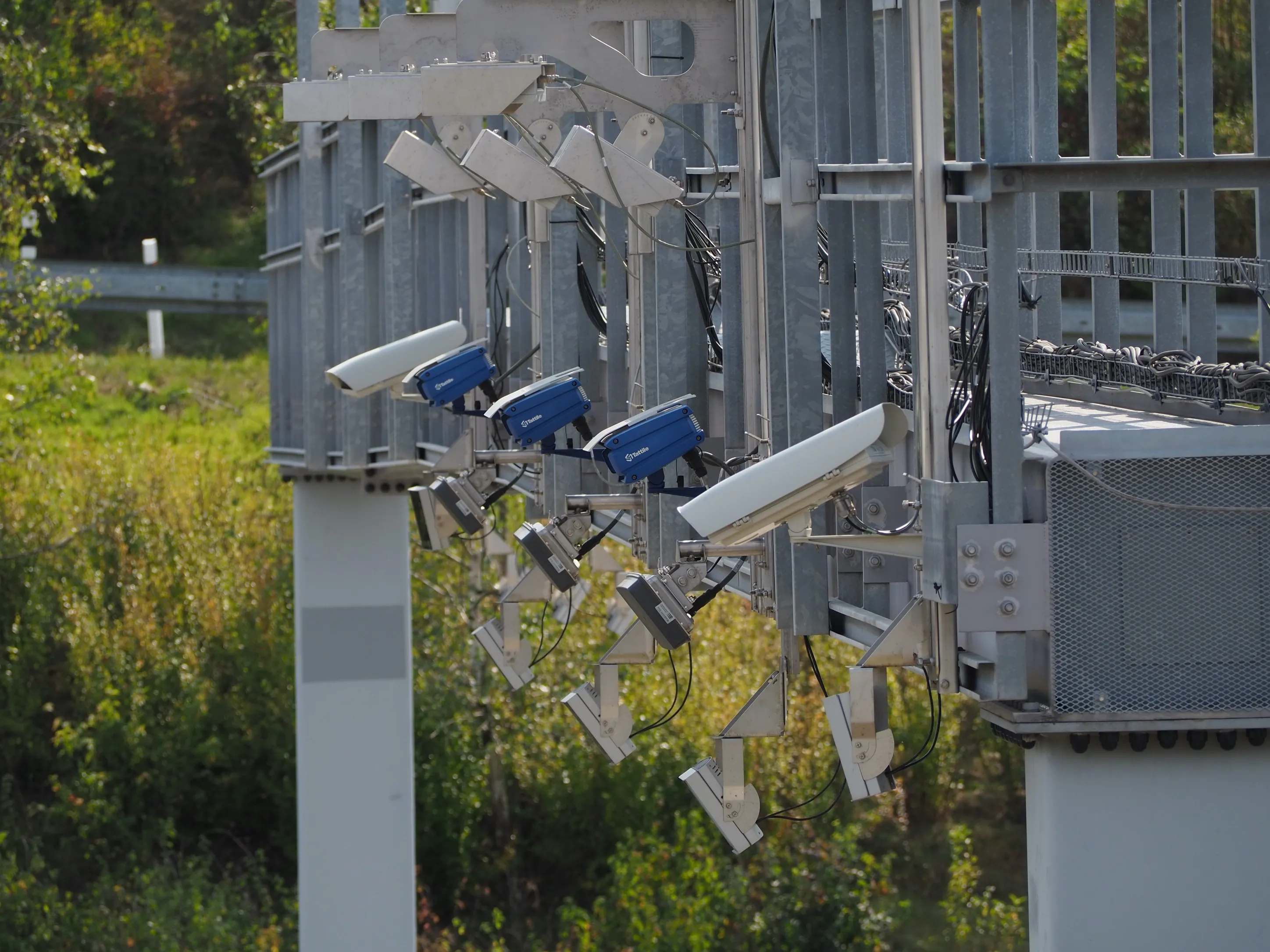
Tattile's Vega Smart 2HD cameras have been equipped to enforcement gantries on highways in Slovakia and the Czech Republic to enable free-flow tolling.
Tattile says the 50 cameras deployed in Slovakia cover most toll gantries while the 180 cameras in the Czech Republic are located on motorways such as the D1, D11 and D56.
The cameras will continuously monitor whether trucks using the highways have paid toll fees, the company adds.
According to Tattile, the motion and real-time number plate identification algorithm and the optical character recognition (OCR) inside the camera make it a reliable solution for recognising vehicles travelling up to a speed of 250 km/h.
Additionally, an optional vehicle recognition algorithm can be uploaded in the camera to deliver additional information such as the vehicles' brand, colour, class and model.
These classification parameters generate a fingerprint of each vehicle to complement the automatic number plate recognition (ANPR) accuracy, Tattile insists.
The ANPR cameras on the road networks send their image data of moving vehicles to a central control system where traffic offence fines are then generated.








